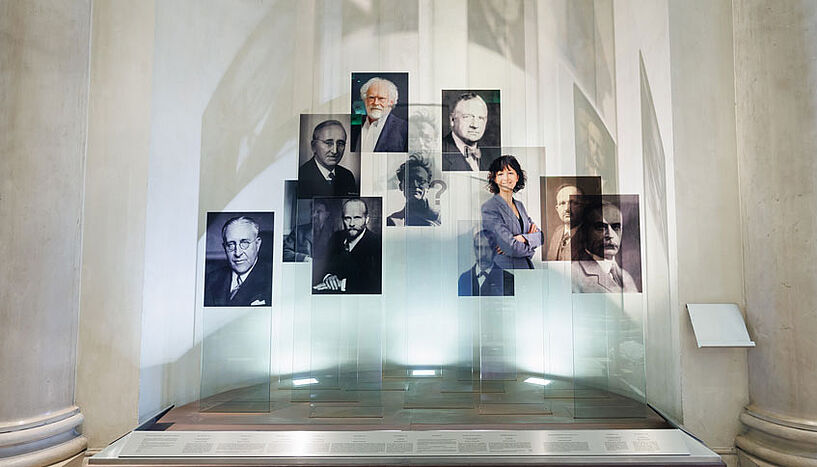Media
What the sea spider genome reveals about their bizarre anatomy
The first high-quality pycnogonid genome provides novel insights in chelicerate evo-devo
The first high-quality pycnogonid genome provides novel insights in chelicerate evo-devo

This novel antibiotic activates an existing "suicide" mechanism in gonococci
02.04.2025 | [weiter]

First call for 20 fellowships in May
01.04.2025 | [weiter]

Science under attack – How the Trump administration affects the academic landscape in the US
01.04.2025 | [weiter]

Countering developments – At the same time, recruitment opportunities for universities
31.03.2025 | [weiter]

Innovative system enables efficient evaluation of future cancer diagnostics
21.03.2025 | [weiter]

New method can improve the efficiency and flexibility of displays, solar cells and transistors
18.03.2025 | [weiter]

This effect even occurs with virtual nature – such as nature videos
13.03.2025 | [weiter]

Honorary doctorate for Emmanuelle Charpentier
12.03.2025 | [weiter]